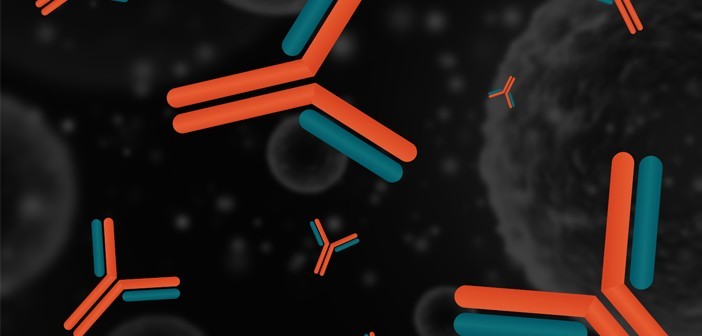Webinar Q&A follow up – Clinical relevance of (unwanted drug-induced) immune responses

Thank you everyone who attended our live webinar ‘Clinical relevance of (unwanted drug induced) immune responses’. Below are some responses to the questions posed during the live event that we did not have time to answer. We hope this is a useful resource and thank our webinar attendees as well as our speaker, Arno Kromminga (BioAgilytix; Hamburg, Germany), for his time.
Q) Do you expect that ADA generation is affected by immunosuppressant drugs that are given to patients together with a therapeutic antibody?
A) A comedication with immunosuppressive drugs will lead to a reduction of the incidence rate of a biological drug. We do have data from TNFalpha inhibitors which may or may not be administered together with immune suppressants which lead to a significant reduction of incidences indeed.
Q) What is the expected sensitivity for neutralising ADA tests?
A) There is no clear guidance on the targeted sensitivity of NAb assays and often we see significant differences in the analytical sensitivity of an ADA assay and the corresponding NAb, especially when using a cell-based NAb assay. Using a non-cell based NAb assay format often lead to superior analytical sensitivities but also in those cases there might a gap. However, any immunogenicity data needs to be integrated in the context of clinical manifestation and PKPD measurements.
Q) Why some ADAs are just binding and others are neutralizing (NAb) (of more concern than binding antibodies)
A) Possibly we see differences in the ADA (binding) assay and the NAb (functional) assay only due to different analytical sensitivities. While the analytical sensitivity of ADA screening assays are often below 100ng/ml, the analytical sensitivity of NAb assays are in the high ng- or even low mikro-range. As soon as we have similar analytical sensitivities we may not see differentiate between binding and neutralizing antibodies. In addition to this technical aspect, we need to acknowledge that during the process of antibody maturation binding antibodies may develop to antibodies with neutralizing capacities due to higher affinities. Furthermore, ‘binding’ ADA and NAB may bind to different epitopes. It is conceivable that some antibodies may bind to a drug without impacting binding to the drug target.
Q) RA patients had 15% pre-existing Abs. Healthy subjects 4%. Does the 11.5% for all disease populations come from a certain set of diseases? Which types?
A) The publication by Xue & Rup (2013) do not distinguish other diseases other than RA. The authors only say ‘all disease populations’.
Q) Would it be possible to detect ADA in tissues ?
A) In some disease entities we see deposits of immune complexes in tissues, e.g. the renal glomerular basement membrane. These can be detected by certain techniques such as direct immune fluorescence testing.
Q) I was wondering if IgE also included in the ADA check? Especially for the skin disease?
A) The concentration of IgE antibodies is approximately 2000-folder than IgG antibodies. Therefore, IgE-ADA may not be detected with ‘normal’ ADA assays. Alternatively, a fluorescence-based assay with a high binding capacity for the capture antigen can be used to detect IgE-ADA.
Q) How do you discriminate between transient ADA response and false ADA response?
A) Transient antibodies are confirmed positive and disappear over time. They are not false positive ADAs.
Q) You mentioned allergic reactions due to e.g. glycosylations on drug. Did you measure the presence of IgEs? What do you think about it?
A) As we learned from the publication by Chung et al in 2008 pre-existing IgE against exogenous carbohydrates may lead to anaphylactic reactions due to cross-reactivities of IgE antibodies towards glycosylation patterns. Therefore, the measurement of drug-specific IgE antibodies against biological drugs with an increased allergenic potential needs to be measured. Because the concentration of IgE antibodies is usually 2000-fold lower than IgG, very sensitive assays needs to be used for the detection of IgE antibodies. Alternatively, a functional basophile activation test (BAT) can be used. The concentration of specific IgE is an indicator for the risk of developing an allergic reaction.
In association with

